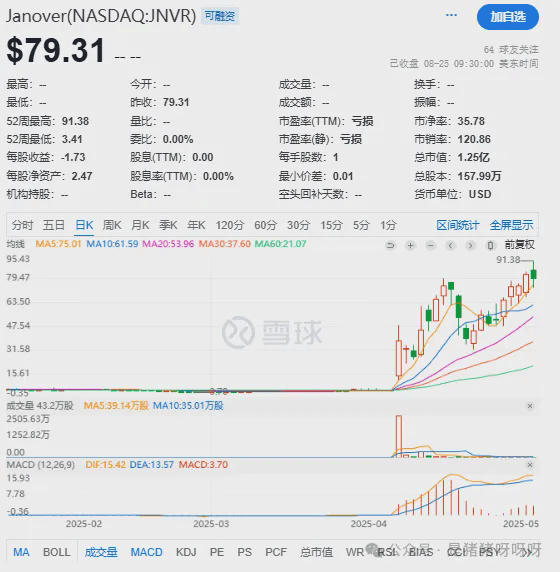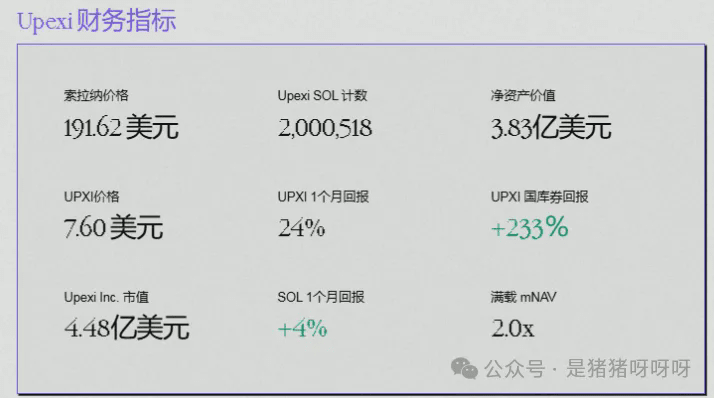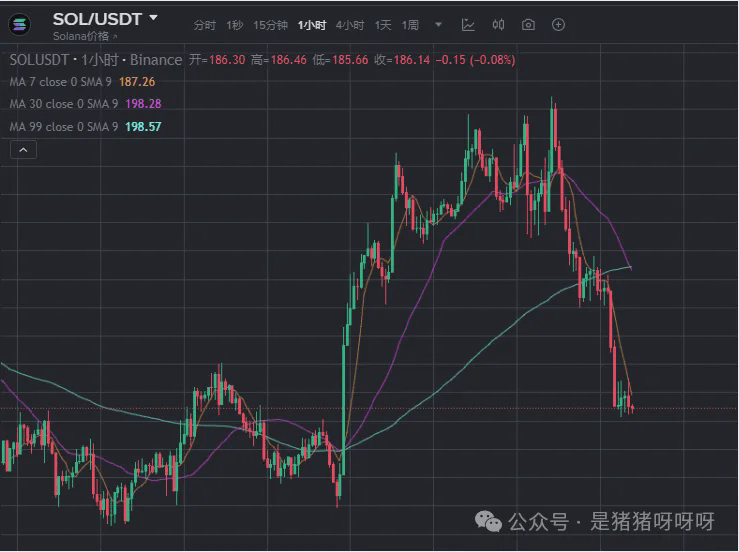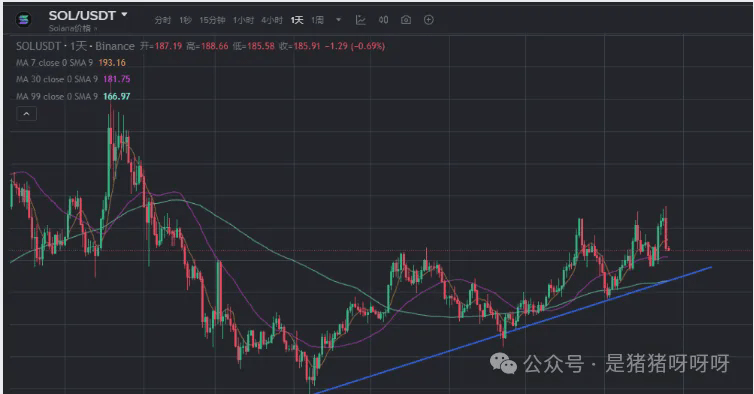The crypto market is experiencing a 'tale of two extremes': on one side, Galaxy Digital, Jump Crypto, and Multicoin Capital, three top institutions, have poured $1 billion into creating the world's largest specialized Solana (SOL) reserve; on the other side, the price of SOL has plummeted 12% within two days, from $213 to $187, as panic spreads through the market. Behind this 'institutional counter-cyclical buildup' and 'prices falling continuously' battle, does Solana hide opportunities or traps?
The confidence of the giants' bets: from funding to the deep binding of ecosystems.
These three institutions are not just 'acting on impulse'—their ties to Solana run deep.
Galaxy Digital had already aggressively bought Solana from the bankrupt assets of FTX last year, spending over $600 million; Jump Crypto is developing a new Solana validator named Firedancer to specifically enhance network speed; Multicoin Capital has been heavily invested in Solana from the early days, with a portfolio almost 'breathing the same air' as this ecosystem. This $1 billion plan is seen within the industry as the 'strongest endorsement' of Solana's long-term value.

More aggressively, institutions are replicating the 'Bitcoin hoarding model'. Inspired by MicroStrategy's Bitcoin hoarding, this year institutions have been hoarding cryptocurrencies through listed companies. For example, DDC, led by former Kraken executives, transformed into a Solana reserve company, and its stock price skyrocketed tenfold in four months, while also applying to the SEC for an additional $1 billion to buy SOL.

Canada's Sol Strategies has also clearly stated its intention to become the 'MicroStrategy of Solana'. Currently, the largest public holder of SOL is Upexi, which holds $380 million worth of tokens, but this record will soon be broken by the $1 billion reserves of the three giants.

Prices continue to decline? The battle between technicals and fundamentals.
Just as institutions are making significant investments, the price of SOL is going against the trend.

In the past two days, SOL has dropped nearly 12% from a high of $213, almost erasing its previous gains and is testing the key support level of $170-180. Technical charts show that in the short term, SOL seems to have entered a 'downward channel'. If it falls below $172, it could further drop to $162 or even $150. Market sentiment has also shifted from 'greed' to 'fear', with the crypto fear and greed index dropping from above 70 to 44, hitting a new low since June.
However, the medium to long-term signals are not so pessimistic. Since April, the weekly chart of SOL has formed an 'ascending triangle' pattern—price faces resistance at $200 and support at $176, as if it's 'gathering strength'.

Analyst Crypto Jelle pointed out that as long as SOL holds above $176, breaking through $200 could potentially lead it to $220-260, and in extreme cases, it might even touch $362.
More importantly, the Solana ecosystem is getting stronger. Its decentralized exchange (DEX) has consistently outperformed other public chains in trading volume, and the meme coin platform Pump.fun contributed nearly 90% of Launchpad revenue last week, proving it remains 'the favorite of speculators'. The upcoming Alpenglow upgrade will further enhance network performance, potentially serving as a catalyst for price increases.
Risks and opportunities coexist: the hidden worries behind institutional revelry.
Can aggressive institutional buying really push prices up? It might, but the risks are also significant.
From the perspective of opportunity, a $1 billion reserve is equivalent to locking up about 5.3 million SOL (over 1% of total supply), which will tighten market circulation. Previously, Ethereum’s institutional reserve companies held $20 billion in ETH, directly boosting ETH prices, and Solana may replicate this 'liquidity siphoning effect.'
Additionally, the exchange rate of SOL to ETH has dropped to 0.042, close to the historical support level of 0.04, a position that has often triggered rebounds in the past.

But the risks are very real. The Galaxy CEO warned that the crypto reserve boom may have 'peaked', making it harder for new entrants. The new Basel regulations soon to be implemented by the Hong Kong Monetary Authority are even harsher: banks holding unlicensed blockchain assets (like SOL) will have to set a risk weight of 1250%, which means for every $1 worth of SOL, they need to reserve $1 in capital, which could deter many traditional financial institutions. What’s more concerning is the 'chain liquidation'—if the market continues to decline, investors who have mortgaged SOL for loans may face forced liquidation, triggering further price drops.
Is the bottom-fishing signal a trap? It all depends on these two indicators.
For ordinary investors, the core of judgment right now lies in two points:
First is the $170 support level. If SOL can hold this position, the ascending triangle pattern will remain intact, and the supply-demand tension from institutional locking may gradually push prices higher; if it falls below, the technical structure will be damaged, potentially leading to a sharper decline.
The second point is the progress of institutional trading in early September. If the $1 billion reserves from the three giants land smoothly, along with the buying plans from companies like DDC, it will create a 'funding synergy'; conversely, if the plans are delayed or reduced, market confidence may take another hit.
Institutional capital is rewriting the rules of the crypto market. For Solana, this 'billion-dollar bet amidst the plunge' may not be the end—when circulation is continuously locked by institutions and ecological applications are growing, its price trend could be steeper than expected. But don't forget, there’s never a 'sure-win' trade in the crypto market; caution should always come first.

